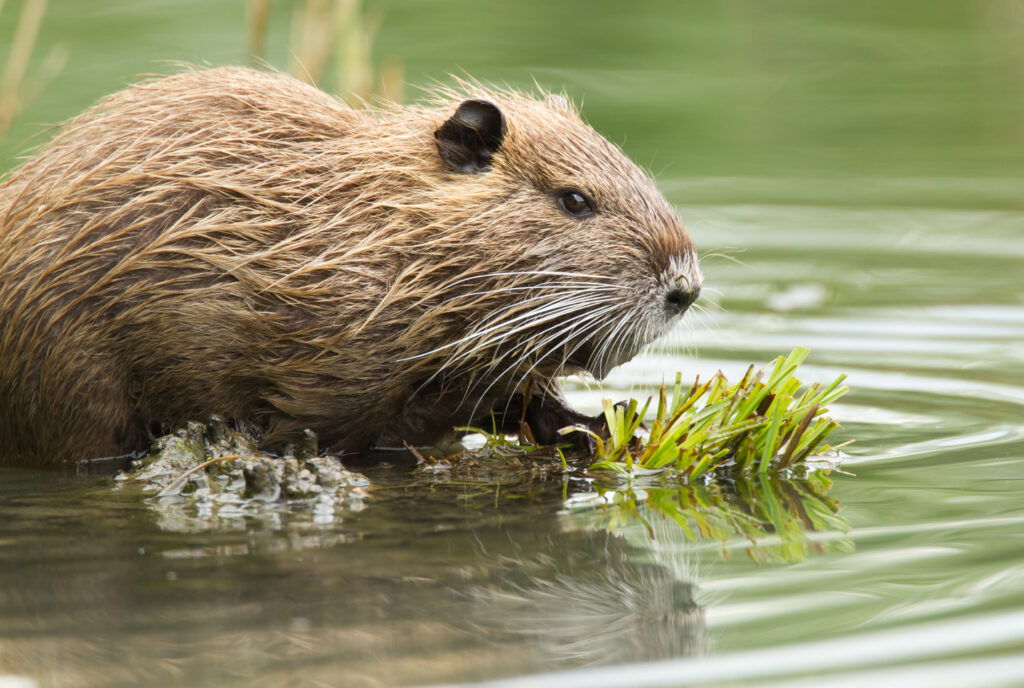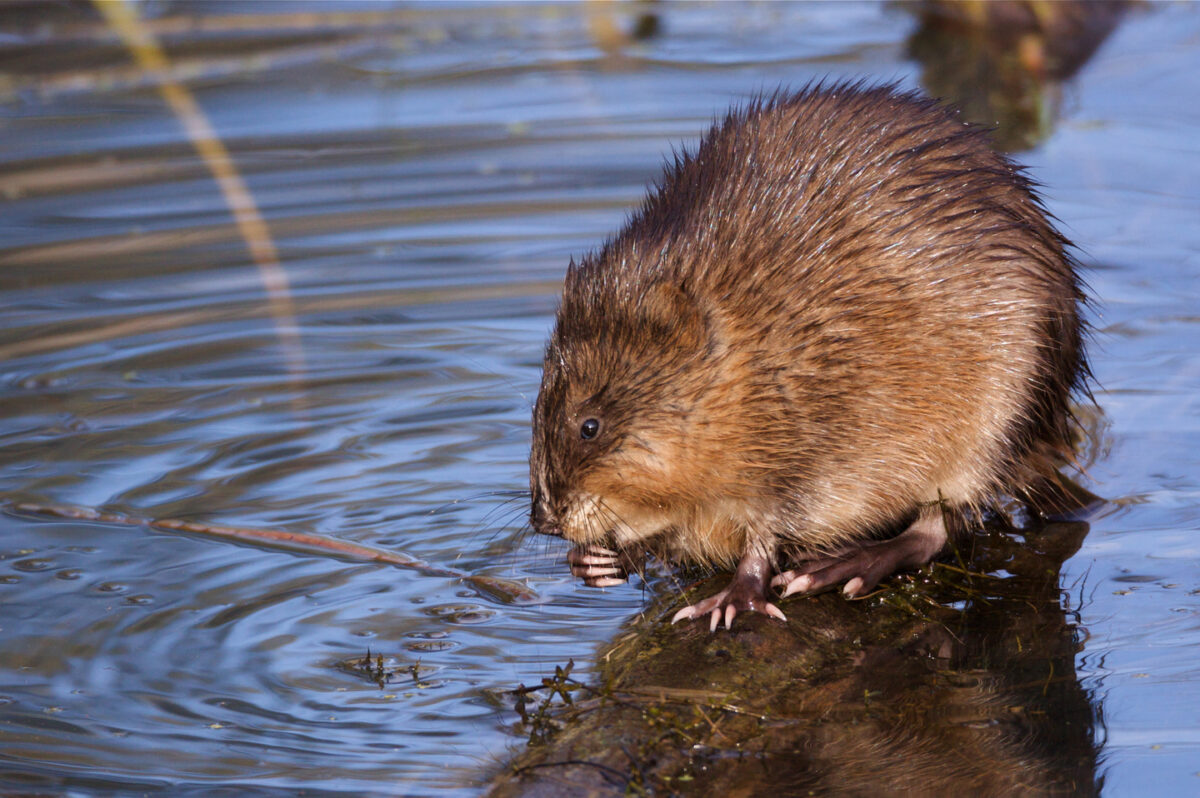
Nutria Fibre
Zoological information
- The scientific name of nutria rat is Myocastor coypus.
- It is also known as nutria, and belongs to the family Myocastoridae.
- It is a mammal that feeds on various vegetation, including aquatic plants, roots, stems, and leaves.
- Its average life expectancy is up to 10 years.
- Nutria rats are large, semi-aquatic rodents native to South America.
Habitat and Fibre production
- Residing in burrows or nests, nutria, also known as coypu, are always close to water.
- Nutria inhabit various environments, including farm ponds and other freshwater reservoirs like drainage canals, rivers, bayous, freshwater and brackish marshes, as well as swamps in these regions.
- Originally native to southern South America, nutria have undergone domestication for their fur and have been relocated globally.
- Following escapes from fur farms, they have successfully established sizable wild populations in various regions, including Canada and over a dozen U.S. states.
- Nutria, also known as coypu, have diverse dietary preferences, with a particular fondness for aquatic plants and roots.
- Additionally, they indulge in small creatures like snails or mussels.
Features
- Nutria fur has a distinctive appearance, with a lustrous and coarse outer layer and a dense, insulating underlayer.
- The outer coat of the nutria, whether yellow or brown, appears rough and unattractive, concealing a luxurious undercoat known as nutria fur, highly sought after for its use in clothing.
- The outer guard hairs of the fur have a coarse texture that helps repel water, making it suitable for use in damp or rainy conditions.
- Nutria fur is soft to the touch, providing a luxurious feel.
- Despite its softness, the fur is also durable, making it suitable for various products requiring both comfort and longevity.
- Nutria fur is relatively lightweight compared to some other fur types
Typical uses
- Nutria fur is commonly used to produce fur garments, such as coats, hats, and accessories.
- Its moderate weight, significantly lighter than a beaver’s, makes it suitable for linings.
- Nutria rat hair fibres can be incorporated into crafts and textiles, adding a unique texture and appearance to items such as blankets, pillows, or rugs.
- Anglers may use nutria rat hair for tying fishing flies. The hair’s natural properties make it suitable for mimicking the appearance of certain insects, making it attractive to fish.
- The coarse and resilient nature of nutria rat hair makes it suitable for use in brushes and brooms.
















